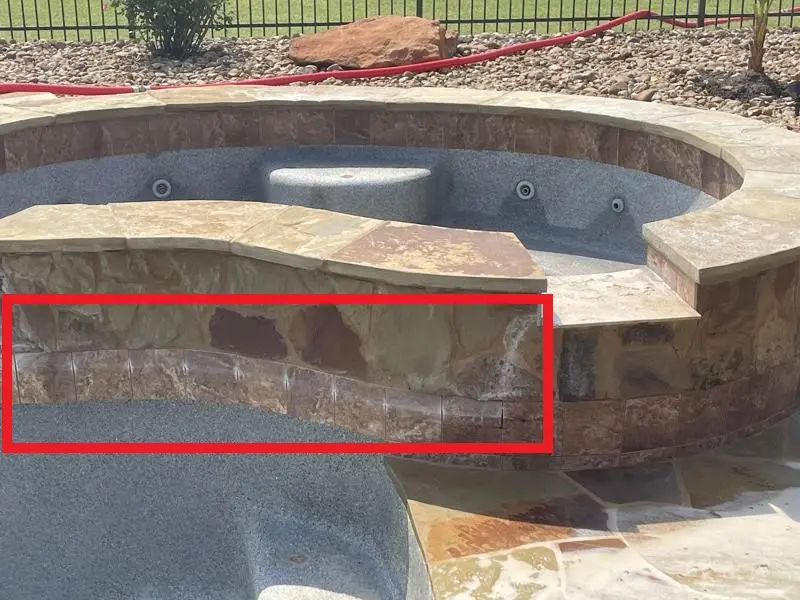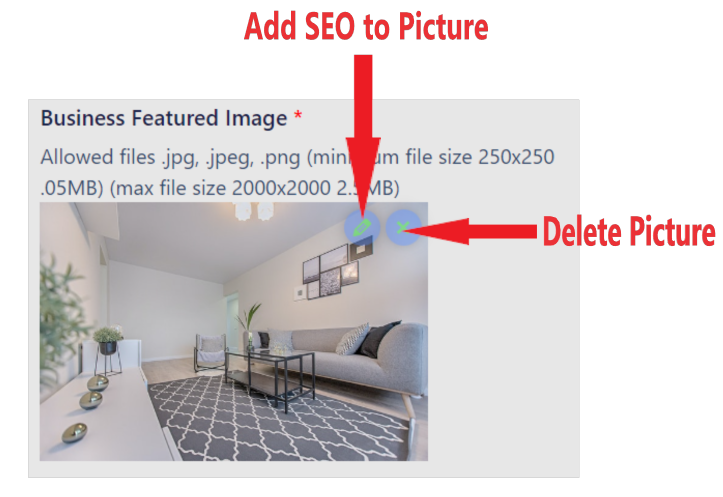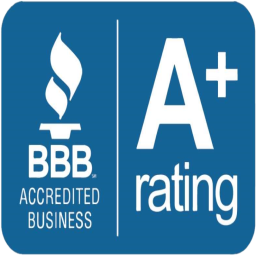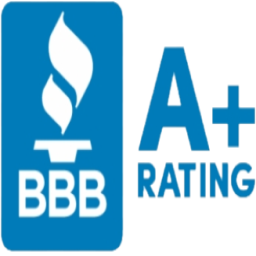Calcium buildup in pools is a common issue that can lead to cloudy water, scaling on pool surfaces, and even damage to pool equipment. In this detailed guide, we will explore effective strategies for calcium removal, drawing on expert insights and proven methods.
What Causes Calcium Buildup in Pools?
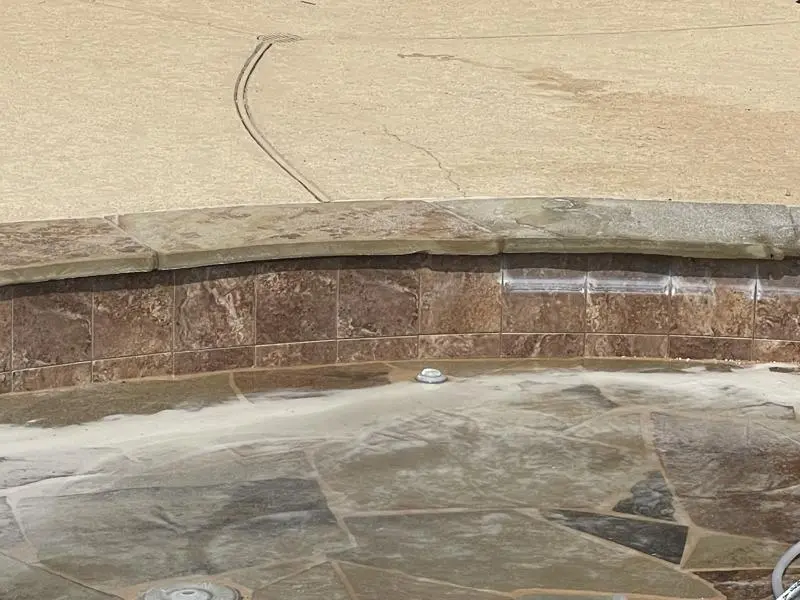
Calcium hardness is a measure of how much calcium (Ca2+) and magnesium (Mg2+) ions are present in the pool water. While calcium is necessary to prevent pool surfaces from becoming corrosive, excessive levels can lead to scaling and cloudiness. Common sources of excess calcium include hard water, imbalanced pool chemicals, and environmental factors.
Recognizing Signs of Excess Calcium
The most evident signs of calcium buildup include:
- White, scaly deposits on pool tiles, walls, and equipment.
- Cloudy water that remains murky despite regular cleaning.
- Rough textures on surfaces where deposits have formed.
Effective Calcium Removal Strategies
1. Regular Pool Maintenance
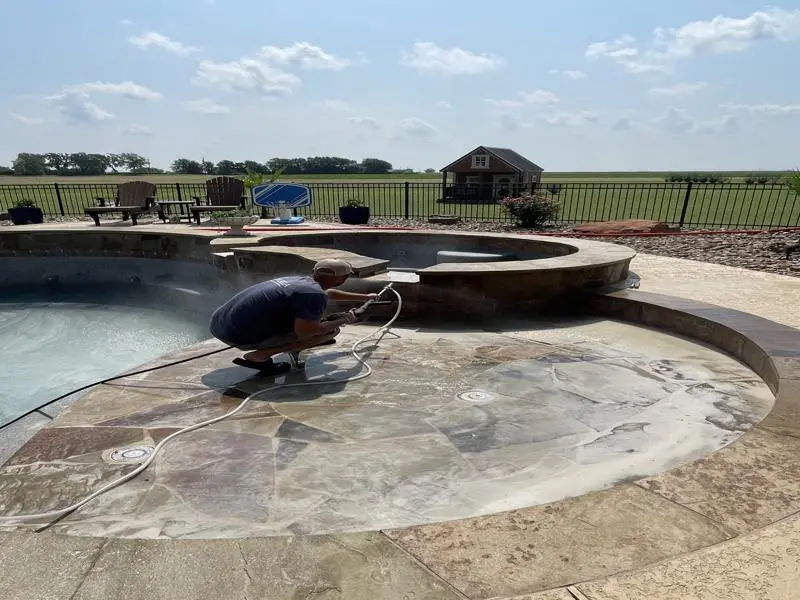
Regular maintenance is crucial for preventing calcium deposits. This involves:
- Balancing pool chemicals regularly to maintain optimal pH, alkalinity, and calcium hardness levels.
- Routine brushing of pool walls and floors to prevent calcium deposits from forming.
2. Use of Chemical Treatments
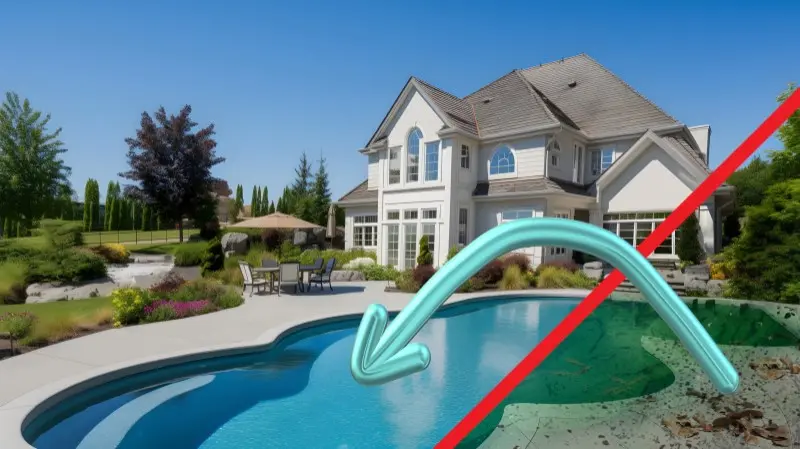
Chemical treatments can effectively reduce calcium levels:
- Sequestering agents bind to calcium ions, keeping them in solution and preventing scale formation.
- Flocculants help to clump fine particles, including calcium, together, making them easier to filter out.
3. Innovative Cleaning Processes
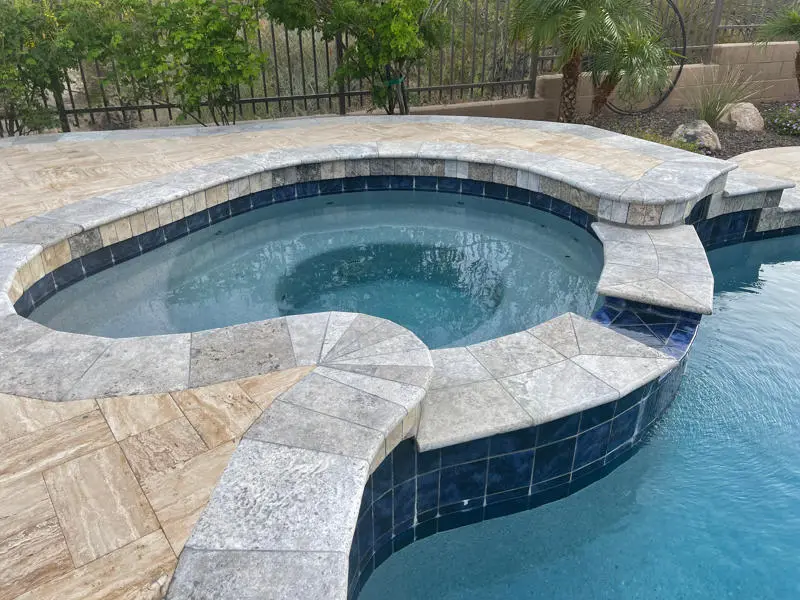
Backyard-a-gan’s unique cleaning process involves detailed steps tailored to address not only calcium buildup but also other contaminants. This comprehensive approach ensures a thorough cleaning that maintains the aesthetic and functional integrity of the pool.
4. Physical Removal Techniques
In cases of severe scaling, physical removal might be necessary. This can be done through:
- Acid washing, which uses a mild acid solution to dissolve calcium deposits.
- Pumice stones or other abrasive tools designed for safe use on pool surfaces.
Preventive Measures

To prevent future calcium buildup:
- Regular water testing and adjustment of pool chemistry.
- Installing a water softener for pools filled with hard water.
- Routine replacement of pool water to manage calcium concentration.
Conclusion
Effective calcium removal and prevention are key to maintaining a clean, clear, and functional swimming pool. By integrating regular maintenance, chemical treatments, and innovative cleaning methods as seen in Backyard-a-gan’s approach, pool owners can ensure their pools remain in excellent condition. Explore our gallery to see the results of effective pool maintenance and read more about our specific cleaning services to keep your pool sparkling and healthy.
This guide not only addresses the challenges of calcium removal but also underscores the importance of comprehensive care in pool maintenance. By understanding and implementing these strategies, pool owners can enjoy a pristine pool environment all year round.

